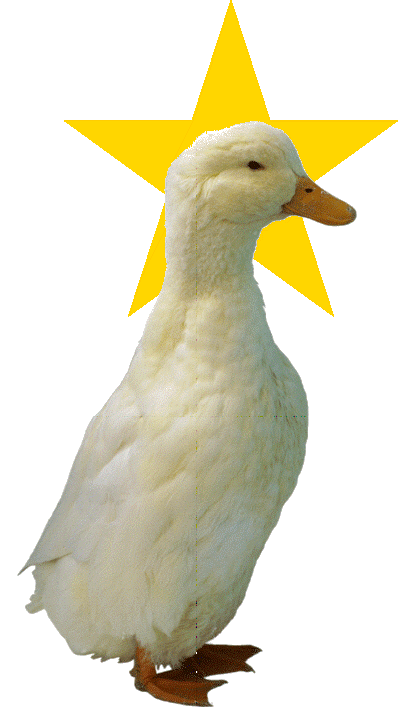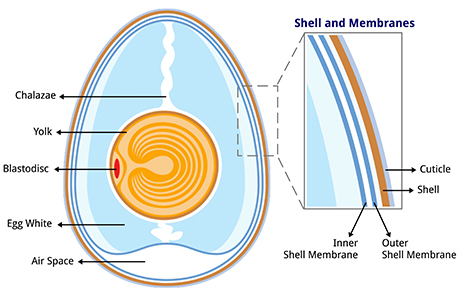Incubation of duck eggs without removal of cuticle

📌 The removal of the cuticle has always been a common practice when incubating duck eggs. However, this removal involves a higher risk of contamination, possibly resulting in a huge negative impact on hatchery results.
Petersime’s Dynamic Weight Loss System™ offers an alternative for the incubation of duck eggs, making the removal of the cuticle redundant, thereby reducing the risk of contamination.
📌 Removal of cuticle for better gas exchange
The cuticle offers a natural protective coating on the outer surface of the egg (see below). This coating creates a barrier that inhibits bacteria, fungal or other agents of contamination from entering the egg through the pores. The cuticle of duck eggs is thicker compared to the cuticle of chicken eggs, which makes the gas exchange between the embryo and the environment more difficult. Therefore the cuticle of duck eggs needs to be removed before or during incubation to allow sufficient gas exchange.
📌 Natural incubation process
In nature, the cuticle of duck eggs will gradually degrade during incubation due to the turning action of the parent bird and the nest activity. This degradation results in more exposed pores and consequently in an increasing rate of gas exchange throughout  the natural incubation process. During the first 12 days, the embryo is very sensitive to contamination. In this phase, the weight loss is still limited because the cuticle is almost completely intact, which minimizes contamination. Afterwards, when the embryo is more resistant to contamination, the parent bird enhances weight loss by degrading the cuticle. The weight loss profile of the natural incubation process of a duck is shown in the graph to the left.
the natural incubation process. During the first 12 days, the embryo is very sensitive to contamination. In this phase, the weight loss is still limited because the cuticle is almost completely intact, which minimizes contamination. Afterwards, when the embryo is more resistant to contamination, the parent bird enhances weight loss by degrading the cuticle. The weight loss profile of the natural incubation process of a duck is shown in the graph to the left.
📌 Hatchery practices
The hatching industry typically removes the cuticle of duck eggs by washing the eggs with a chlorine solution before incubation or by spraying them with water during incubation. This practice results in a linear weight loss profile . Because the cuticle is already removed b efore or during the first days of incubation, when the embryo is still very fragile, the risk of contamination is higher compared to the natural incubation process. Moreover the constant use of water inside the incubator causes a build-up of corrosion and calcium.
efore or during the first days of incubation, when the embryo is still very fragile, the risk of contamination is higher compared to the natural incubation process. Moreover the constant use of water inside the incubator causes a build-up of corrosion and calcium.
Such bacterial breeding areas are difficult to clean and reduce the lifetime of hatchery equipment.
📌 Petersime’s Dynamic Weight Loss System™
Petersime have developed Dynamic Weight Loss System which allows the natural weight loss profile can be mimicked without the removal of the cuticle. The weight loss profile of duck eggs using their system is similar to the profile of the natural incubation process and provides the ideal conditions for an optimal hatch.
The cuticle remains intact, which minimizes the risk of contamination or any additional contamination risk by washing the eggs.
